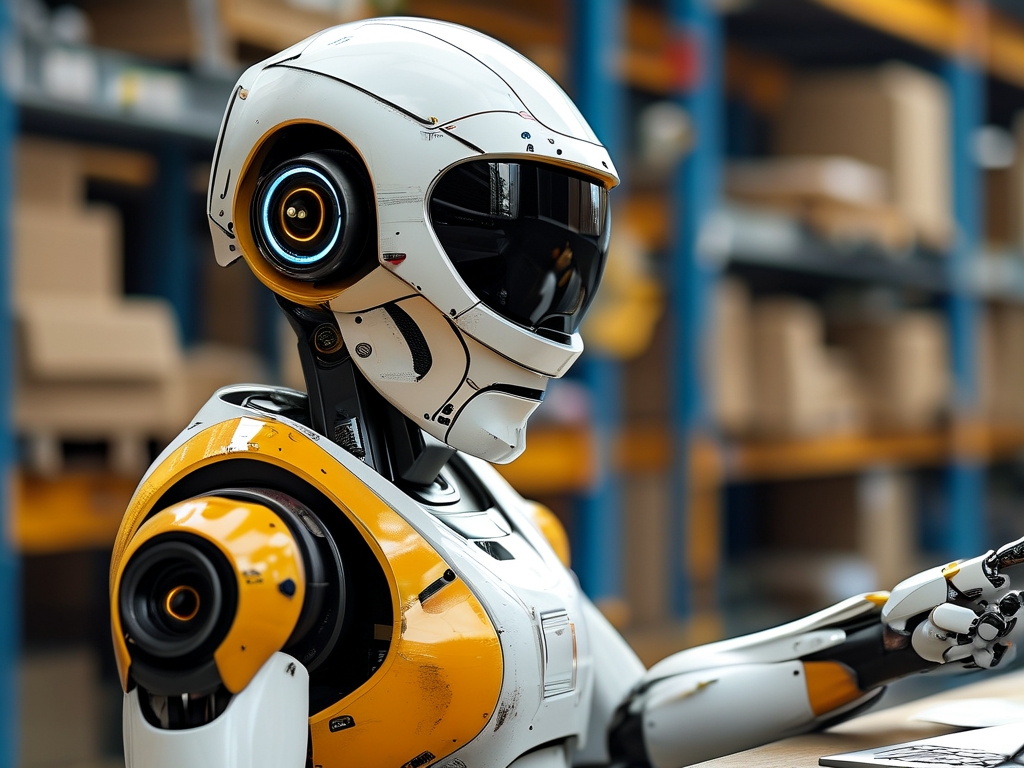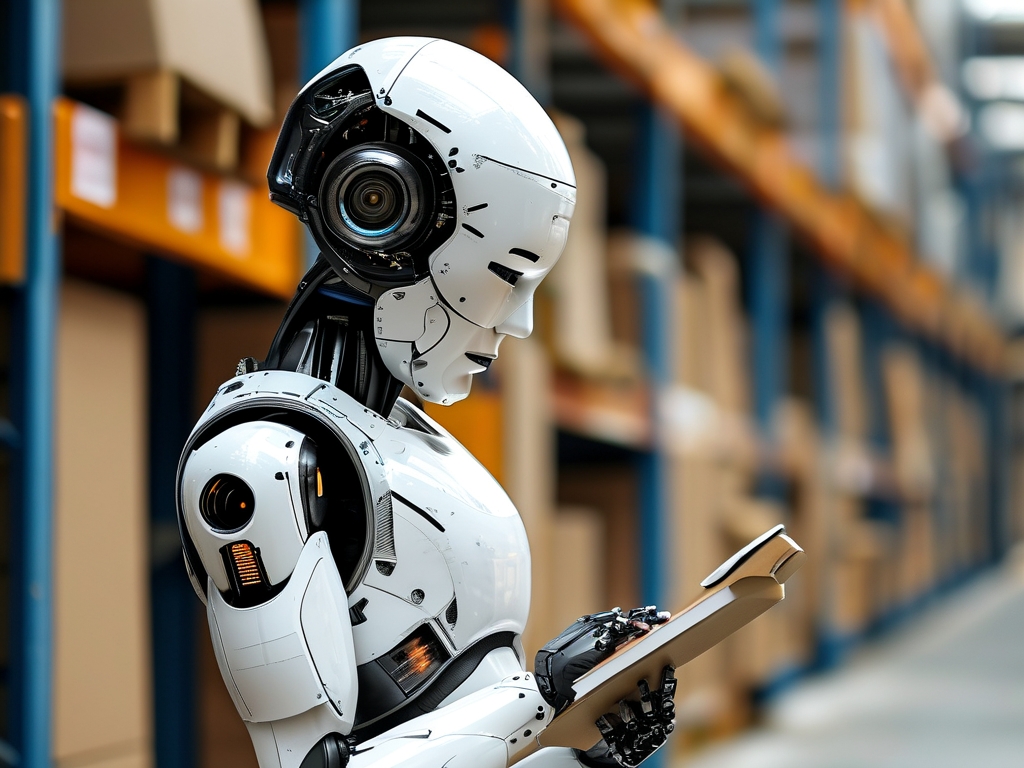The rapid advancement of robotic technology is reshaping the global employment landscape, creating both challenges and opportunities for workers across industries. As automation becomes increasingly integrated into workplaces, understanding the evolving relationship between robotics and employment is critical for individuals and organizations alike. This article explores the key directions for career development in the era of work robotics, focusing on emerging roles, skill requirements, and strategies for thriving in a technology-driven economy.
The Rise of Robotics in the Workforce
Robotic systems, once limited to manufacturing assembly lines, now permeate sectors such as healthcare, logistics, agriculture, and even creative industries. According to the International Federation of Robotics, over 3 million industrial robots were operational worldwide in 2023, with service robots growing at an annual rate of 12%. This expansion is driven by advancements in artificial intelligence (AI), machine learning, and sensor technologies, enabling robots to perform complex tasks like precision surgery, warehouse management, and customer service.
While this shift raises concerns about job displacement-a 2022 McKinsey report estimates that 15% of global jobs could be automated by 2030-it simultaneously creates demand for new skill sets. The key lies in identifying where human expertise remains irreplaceable and how to synergize with robotic systems.

Emerging Career Opportunities
-
Robotics Maintenance and Engineering As companies adopt robotic solutions, the demand for specialists who can design, program, and maintain these systems surges. Roles such as Automation Engineers and Robotics Technicians require expertise in mechatronics, software development, and system troubleshooting. Vocational training programs are now prioritizing these skills, with certifications in ROS (Robot Operating System) and PLC (Programmable Logic Controller) programming becoming highly valuable.
-
Human-Robot Collaboration Design The field of Collaborative Robotics (Cobotics) focuses on optimizing workflows where humans and robots work side by side. Professionals in this domain combine knowledge of ergonomics, safety protocols, and AI behavior patterns to create efficient hybrid work environments. For example, automotive factories now employ teams where robots handle heavy lifting while humans oversee quality control.

-
AI Ethics and Policy Governance With robotics raising ethical questions about data privacy, algorithmic bias, and employment equity, roles like AI Ethics Officers and Automation Policy Advisors are gaining prominence. These positions bridge technology and social sciences, ensuring responsible deployment of robotic systems.
-
Reskilling and Education The automation wave has spawned a growing need for Digital Literacy Trainers and Career Transition Coaches. Institutions like Singapore's SkillsFuture initiative exemplify national efforts to prepare workforces for technological disruption through subsidized robotics courses and apprenticeship programs.
Skills for the Robotic Age
To remain competitive, workers must cultivate hybrid competencies:
- Technical Proficiency: Basic coding skills (Python, C++), understanding of IoT (Internet of Things) networks, and familiarity with cloud-based robotics platforms.
- Adaptive Thinking: The ability to troubleshoot unexpected system behaviors and innovate solutions in real time.
- Emotional Intelligence: Skills like conflict resolution and creative problem-solving, which robots cannot replicate, will differentiate human workers in client-facing and managerial roles.
A 2023 World Economic Forum survey highlights that 44% of workers' core skills will be disrupted by 2025, emphasizing the urgency of continuous learning.
Industry-Specific Transformations
- Healthcare: Surgical robots like the da Vinci System require skilled operators, while robotic caretakers for elderly populations create roles in geriatric tech support.
- Agriculture: Drone operators and precision farming analysts are replacing traditional labor in crop monitoring and harvesting.
- Retail: Cashier-less stores powered by computer vision need IT specialists to manage inventory algorithms and customer experience systems.
Preparing for the Transition
Governments and corporations must collaborate to mitigate employment shocks. Initiatives like Germany's "Industry 4.0" strategy and South Korea's Robot Industry Development Plan invest in public-private partnerships to align education with industry needs. For individuals, embracing lifelong learning through online platforms (Coursera, Udacity) and micro-credentials is essential.
The integration of robotics into the workforce is inevitable, but it need not be adversarial. By focusing on roles that augment rather than replace human capabilities, workers can harness robotics as tools for productivity and innovation. The future belongs to those who view automation not as a threat but as a catalyst for reinvention-ushering in an era where human creativity and robotic precision coexist to drive societal progress.

